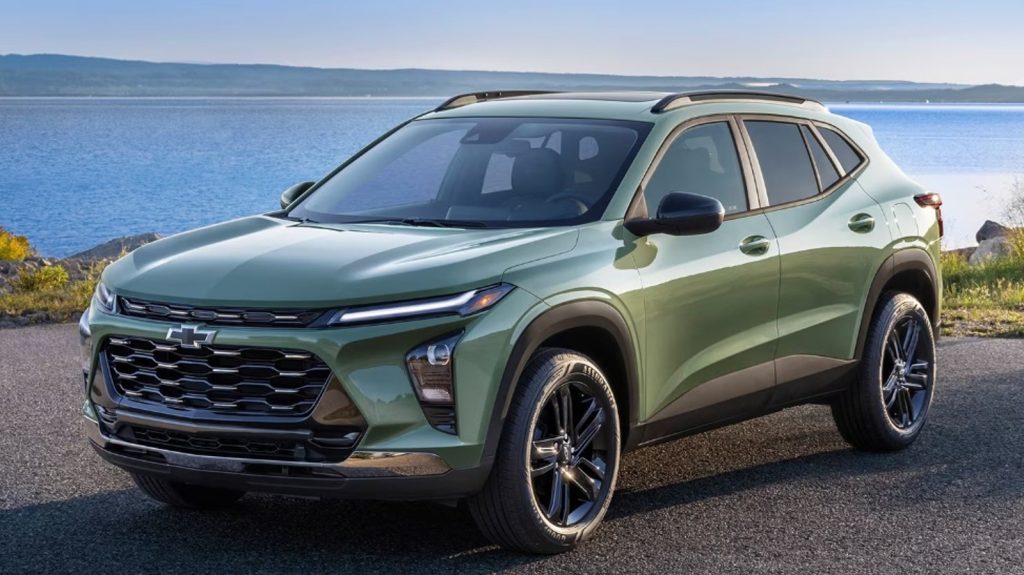Automotive manufacturers utilize a wide range of engine configurations, spanning from 4-cylinder engines to rare 16-cylinder options, which are only found in a handful of production vehicles. Although it may seem that more cylinders translate to superior performance, many automakers are achieving remarkable efficiency with smaller turbocharged engines. The Dodge Hurricane engine, for example, delivers up to 420 horsepower, surpassing both the 5.7-liter and 6.4-liter Hemi V8s.
Considering that a compact 4-cylinder engine can yield such impressive power, one might wonder about the performance of a 3-cylinder engine. While 3-cylinder engines are not a new concept and have been prevalent in various economy cars in Japan, they are now making their way to the U.S., with models from Buick, Chevrolet, and Nissan incorporating these smaller engines.
Generally, 3-cylinder engines are more fuel-efficient than their larger counterparts, consuming less fuel. However, they can produce more vibrations during operation and may not excel in acceleration at higher speeds. Let’s delve into this engine type, examining the advantages and disadvantages to help you decide if it suits your needs.
Pro: 3-Cylinder Engines Offer Better Fuel Efficiency Than 4-Cylinders
The primary reason 3-cylinder engines are more fuel-efficient than their 4-cylinder equivalents is the fewer combustion events that occur, thanks to one less cylinder. This design also results in fewer internal components, leading to a smaller engine size and reduced weight, which positively impacts fuel economy. While some argue that measuring miles per gallon isn’t the most accurate method for assessing fuel efficiency, smaller vehicles tend to benefit more from lighter engines. For instance, the 2026 Chevy Trax, equipped with a turbocharged inline 3-cylinder engine, weighs in at just over 3,000 pounds and achieves an estimated fuel economy of 30 mpg, whereas the 2025 Honda HR-V EX-L, which has a heavier inline 4-cylinder engine, only gets a combined 27 mpg.
Con: 3-Cylinder Engines Can Vibrate and Lack Power at High Speeds
If you prefer a smooth engine while idling, a 3-cylinder setup may not be ideal. These engines tend to operate less smoothly compared to other configurations due to having an uneven firing order: one cylinder fires during one rotation, followed by two in the next. This can create the impression of a rough engine compared to a 4-cylinder engine, which fires two cylinders evenly with each rotation. Although some turbocharged 3-cylinders, such as the Chevy Trax, can reach 0-60 mph in 8.8 seconds, they struggle to maintain power at higher speeds and during acceleration, resulting in a less appealing driving experience.
Pro: Fewer Components Mean Less Friction and Potentially Lower Maintenance Costs
Reducing the cylinder count to three decreases the number of moving parts, which also lowers friction. Whenever metal components touch each other, mechanical friction loss occurs, generating heat that uses energy unnecessarily. With fewer moving parts, 3-cylinder engines not only consume less fuel due to this decreased friction but may also incur lower maintenance expenses. An engine with fewer components presents fewer opportunities for potential failures, making it an appealing option. Drivers often overlook the long-term costs of maintaining and repairing their vehicles, only considering the initial purchase price.



